ISO 16890 is an international test standard for air filters that has replaced EN 779. ISO 16890 classifies air filters based on particulate matter (PM), which makes it possible to directly see connections to our health and air pollutants. The standard also makes it possible to plan indoor air quality (IAQ) in a completely different way than before.
Air filters need to be evaluated to ensure that they will meet the objective of removing the contaminants of concern (CoC) for a specific application or to meet the demands specific to the user. The standard offers the following:
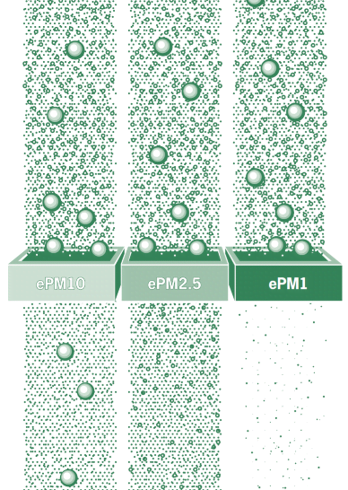
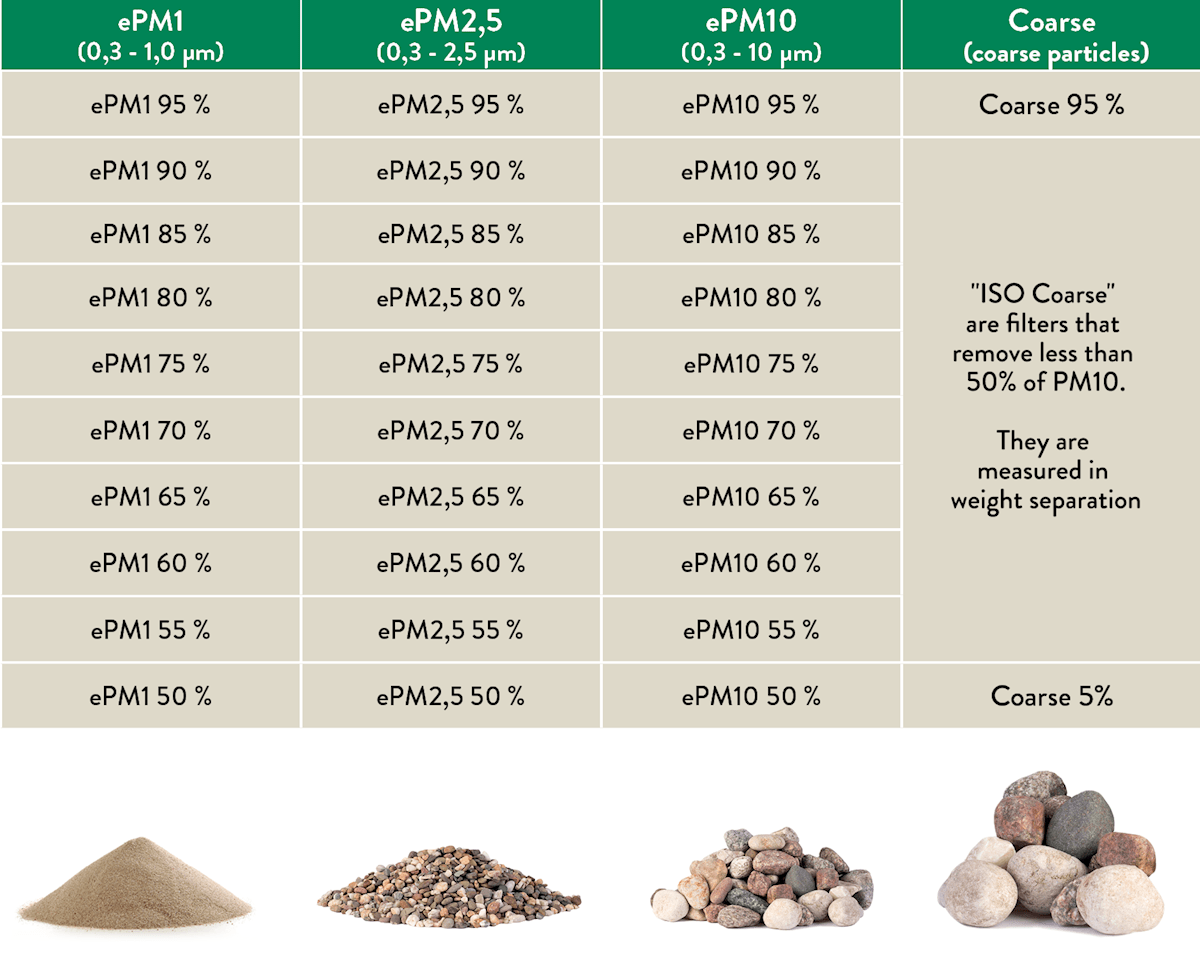
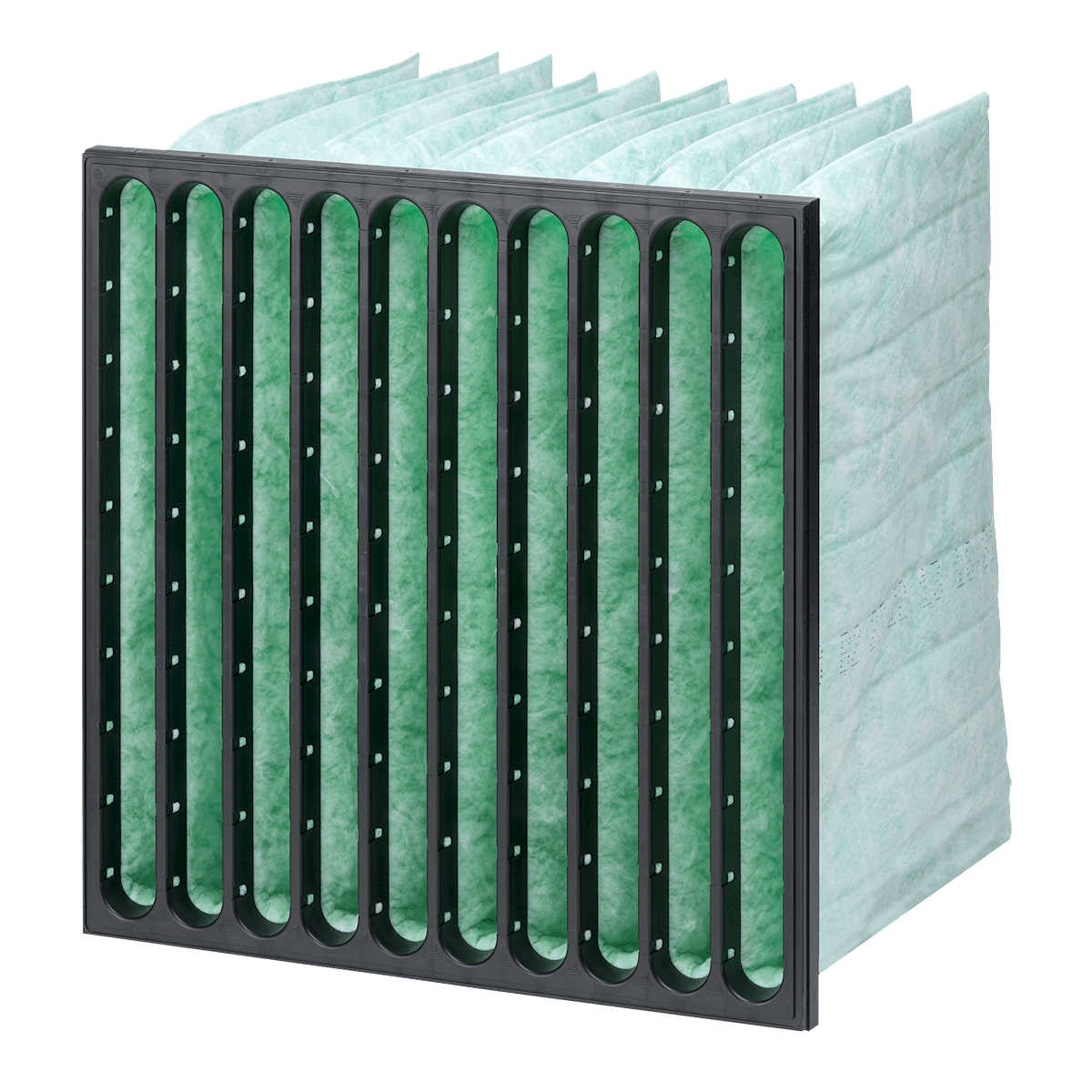
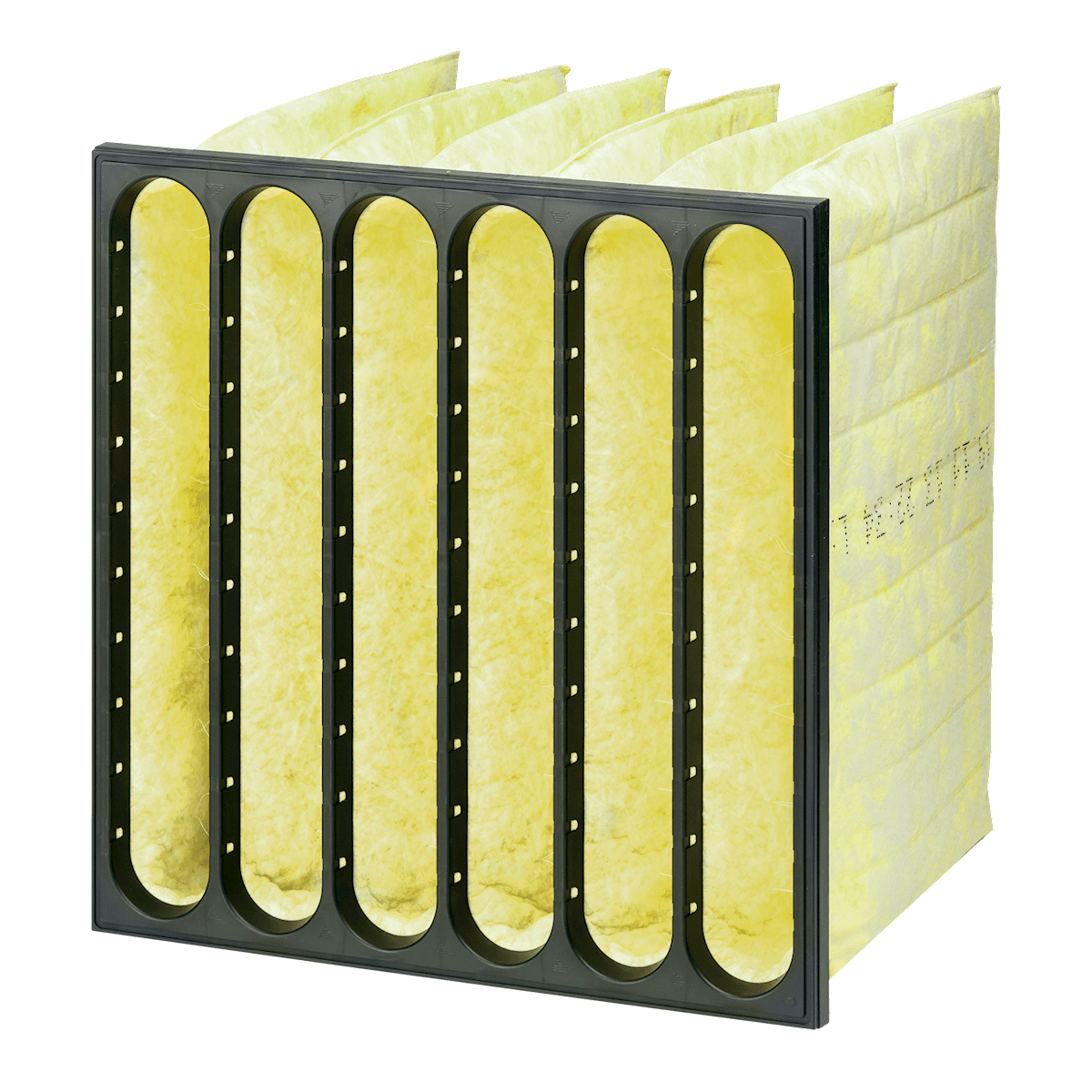
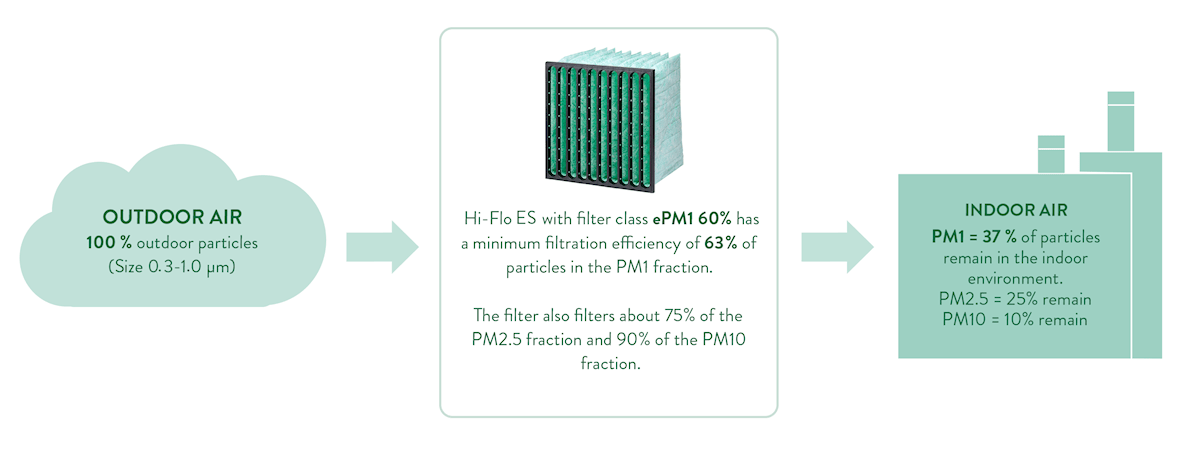
The WHO database contains information on outdoor air pollution and concentrations at various locations around the world. Measurements can be followed in real-time and are measured according to particulate matter (PM). But just knowing the particle content in the outdoor air is not enough to choose the right filter, you also need to take into account which indoor environment is to be protected.
Energy consumption is another important aspect, however, we must never compromise on air quality to save energy "People Matter 1st."
In addition to filters with a high filter class, it is also important to have a sufficient amount of air to achieve good indoor air quality. If you have inadequate airflows, even the cleanest supply of air will not be able to affect the overall indoor air quality.